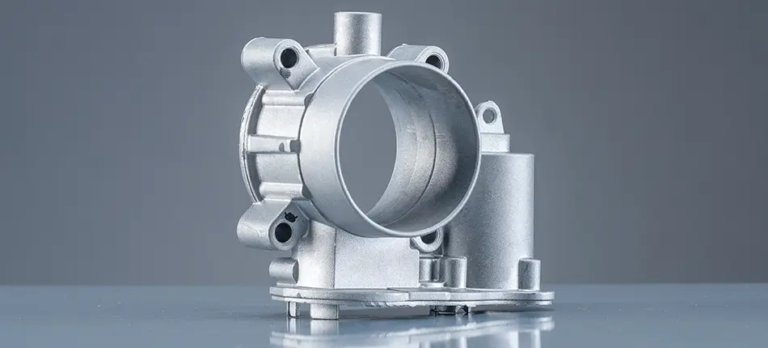The Ultimate Guide to CNC System Software: A Deep Dive into Its Architecture and Functionality
In the realm of industrial manufacturing, Computer Numerical Control (CNC) systems have revolutionized the way we produce complex products with precision and speed. But what lies beneath the surface of these machines? In this article, we’ll delve into the intricate world of CNC system software, exploring its architecture, key components, and functionalities.
CNC System Software: A Hierarchical Architecture
The CNC system software is a complex beast, comprising several layers that work in harmony to ensure seamless operation. The architecture is modular, designed to facilitate scalability, maintainability, and flexibility. The following layers form the foundation of the CNC system software:
- Hardware Abstraction Layer (HAL): This layer is responsible for abstracting specific hardware details, providing a unified interface for higher-level software components. It consists of:
- Movement control interface: responsible for controlling servo motors, step-by-step engines, and other motion control equipment.
- E/S interface: manages communication with various input/output devices, such as switches, sensors, and actuators.
- Communication interface: exchanges data with other devices or systems, including other CNC systems, robots, and controllers.
- Real-time Operating System (RTOS): At the heart of the CNC system software lies the RTOS, responsible for task planning, resource management, and interrupt handling. Popular RTOS options include VxWorks, QNX, and FreeRTOS.
- Task Planning Layers: This layer is responsible for planning and managing various tasks within the CNC system. It includes:
- Pin control task: controls pin speed, steering, and other motion characteristics.
- Feed control task: manages power supply, speed management, and other tool-related functions.
- Tool management tasks: handles tool selection, replacement, and remuneration.
- Program processing tasks: responsible for analyzing, executing, and optimizing CNC programs.
- User Interface Layer: This layer is the interactive interface between the CNC system software and the user, providing various operating and adjustment functions. It includes:
- Operating panel: provides interfaces for buttons, buttons, touch screens, and other operating controls.
- Display interface: displays the status, program, and settings of the machine tool for user convenience.
- Adjustment interface: offers parameter setting functions, such as machine tool parameters, program settings, and tool parameters.
- Communication Layer: This layer is responsible for implementing data exchange and communication between the CNC system and other devices or systems. It includes:
- DNC communication: transmits programs, data, and other information between the CNC system and higher-level computers.
- Ethernet communication: enables communication between the CNC system and other network devices or systems.
- Serial communication: connects the CNC system to serial devices, such as printers, sensors, and other equipment.
Main Functional Modules
The CNC system software comprises several main functional modules, each designed to perform a specific set of tasks:
- CNC Program Treatment: This module is responsible for analyzing, optimizing, and executing CNC programs, including:
- Program analysis: interprets instructions and parameters in the CNC program.
- Program optimization: optimizes CNC programs for better treatment efficiency and quality.
- Program simulation: simulates CNC programs to test accuracy and feasibility.
- Movement Control: This module oversees the precise control of machine tool movement, including:
- Speed control: adjusts pin speed and machine tool axis speed according to CNC program instructions.
- Acceleration control: controls the acceleration of the tool tool to ensure stable processing.
- Position control: adjusts the position of each machine tool axis to achieve precise machining trajectories.
- Tool Management: This module manages tool selection, replacement, remuneration, and other tool-related functions, including:
- Tool library management: creates and manages tool libraries and tool information.
- Tool selection: selects the appropriate tool for processing based on CNC program instructions.
- Tool replacement: automates tool replacement and improves machining efficiency.
- Tool compensation: compensates for tool wear and bias to ensure precision.
- Spindle Control: This module is responsible for controlling the machine spindle, which includes:
- Speed control: adjusts the spindle speed according to CNC program instructions.
- Management control: controls the spindle rotation direction and other functions.
- Rigidity noise: performs rigid tapping and other functions to improve precision and efficiency.
In conclusion, the CNC system software is a complex and sophisticated system that relies on a hierarchical architecture and multiple functional modules to ensure accurate and efficient manufacturing. By understanding the intricacies of this system, manufacturers can optimize their production processes, improve product quality, and stay ahead of the competition.

















